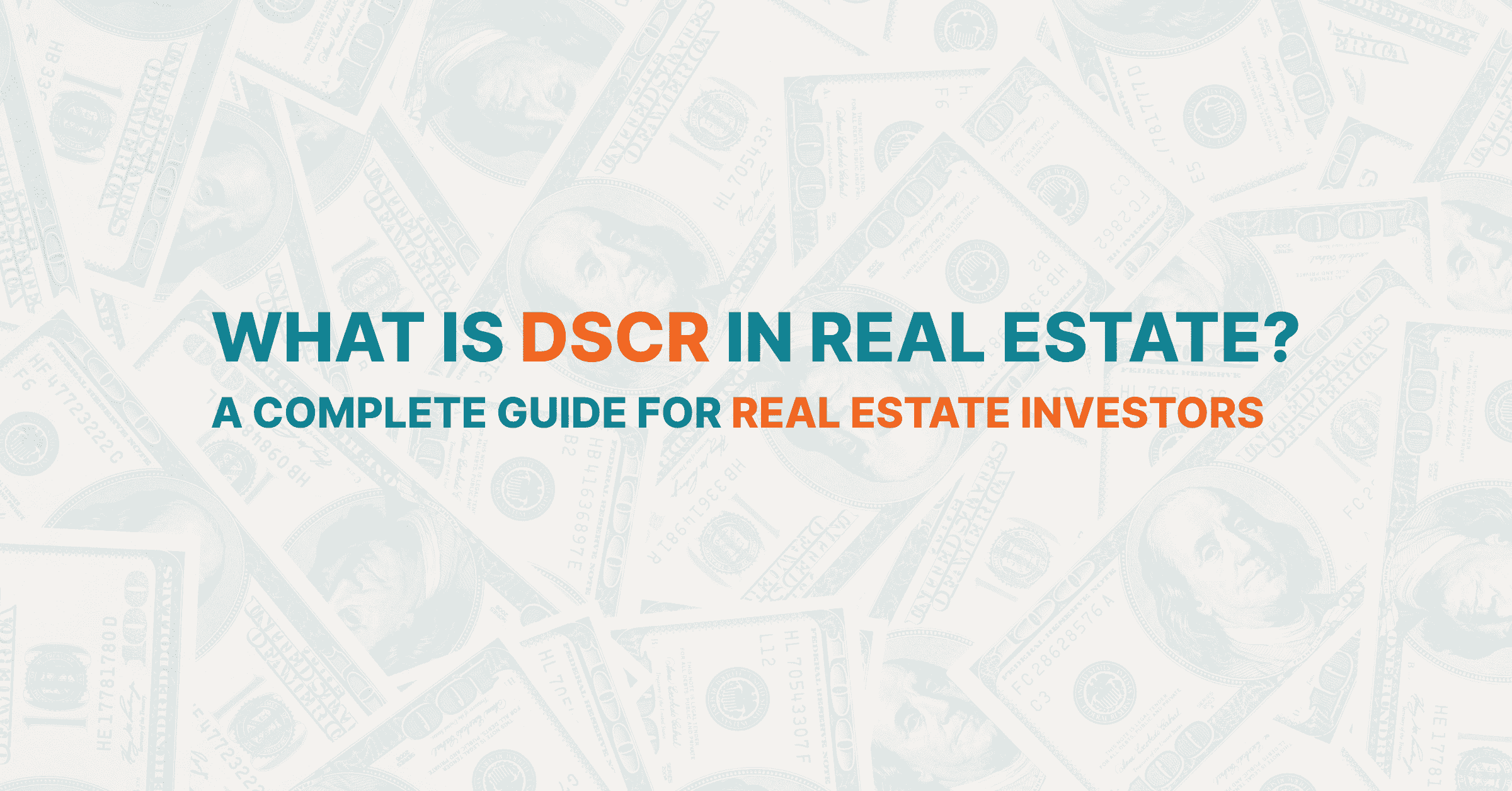Disclaimer: PropStream doesn’t provide legal advice. This article is for informational purposes only. We recommend consulting a legal professional to learn more about purchase and sale agreements in real estate.
Home sales require a lot of paperwork, with much of it having advanced or complex language that can be troubling to understand if you’re not well-versed in real estate lingo.
As a real estate investor, breaking down complex contracts and paperwork is vital for ensuring you know exactly what deal you’re signing up for. Without understanding contracts fully, you risk committing to a poor deal or potentially facing legal consequences should you violate it unintentionally.
One notable contract you’ll use as a real estate investor: a purchase and sale agreement. If you’re unfamiliar with this term, fear not— in this article, we’ll cover what it is, what it includes, and how to use it.
Table of Contents
- Definition of Purchase and Sale Agreement
- Why Are Purchase and Sale Agreements Important?
- What Does a Purchase and Sale Agreement Include?
- Tips for Handling Purchase and Sale Agreements
Try PropStream for 7 Days Free!
Key Takeaways:
- Purchase and sales agreements are notable contracts investors use when buying and selling real estate, outlining the terms and conditions of a property sale.
- These contract types are important because they help protect the interests of the buyer and seller.
- Purchase and sales agreements contain several components, including a description of the parties involved with the transaction, payment terms, contingencies, due diligence period, etc.
- Before signing a purchase and sale agreement, it's essential to understand the legal terms within the contract, negotiate, and seek legal counsel.
Definition of Purchase and Sale Agreement
In real estate, a purchase and sale agreement (PSA)—aka a sales and purchase agreement (SPA)—is a legal contract between a homebuyer and seller that outlines the terms and conditions of a home sale.
It’s a preliminary agreement that signals the intent of the buyer to buy and the seller to sell, provided all agreed-upon conditions are met. However, it doesn’t finalize the sale by transferring property ownership. This doesn’t happen until both parties sign a “purchase agreement,” a term often mistakenly confused with PSA.
A purchase agreement is signed on the closing day after both parties have complied with the PSA. The deal is finalized at this point, and the property transfers from seller to buyer. The purchase agreement and PSA may outline similar terms, but one closes the deal while the other only signals intent.
Once signed, a PSA becomes legally binding and obligates the buyer and seller (now considered “under contract”) to complete the sale if all required conditions are met.
Related: What Does Under Contract Mean in Real Estate?
Remember that PSAs are typically the culmination of negotiations and are ultimately prepared by a real estate agent or attorney, depending on state law.
Why Are Purchase and Sale Agreements Important?

Purchase and sale agreements help protect the interests of homebuyers and sellers by limiting potential disputes.
For example, a PSA could stipulate that the buyer has the right to terminate the deal if the property is appraised at a value lower than the purchase price. This can protect the buyer from making a potentially poor investment.
Similarly, a PSA could establish that the buyer acknowledges the property’s condition. This can protect the seller from a buyer backing out at the last minute due to previously disclosed property damages.
Ultimately, the PSA helps enable a smooth and fair home sale for everyone involved.
What Does a Purchase and Sale Agreement Include?
Now that you know what a purchase and sale agreement is, here’s what it can include:
Description of property and parties involved
Any PSA will include a basic description of the property in question (such as its address and parcel number). It will also include the full legal names of the parties involved, along with their contact information.
Purchase price and payment terms
The PSA includes the purchase price agreed upon by both parties.
It also includes terms regarding earnest money. Essentially, this is a good faith deposit made by the buyer to demonstrate their serious intent to buy. The earnest money goes toward the purchase price if the deal goes through. If not, it’s either forfeited to the seller or refunded to the buyer, depending on why the deal fell through. Until then, earnest money typically sits in a third-party escrow account.
Closing date and costs
The closing date is when the sale is finalized, and all remaining paperwork is signed.
Closing costs are expenses associated with finalizing the home sale. They can include fees related to mortgage, title, escrow, settlement, government, and broker costs. The PSA specifies the closing costs and who is responsible for paying them (something typically negotiated between buyer and seller agents).
Contingencies
Contingencies are potential reasons buyers and sellers can terminate the home sale. They could be related to the property’s financing, home inspection, title, appraisal, home insurance, etc.
For example, many PSAs establish that the buyer can back out of the deal if they cannot sell their old house or qualify for financing. Other contingencies may stipulate the property must be in a particular condition before closing or that the deal remains confidential (e.g. if an owner is selling due to a divorce and doesn’t want the publicity).
Imagine you’re an investor who wants to purchase and demolish two next-door properties to build one new property on top. In that case, you may want to make the purchase of one property conditional on your successful purchase of the other.
PSAs can also delineate what happens if contingencies aren’t met. For example, failure to meet a contingency may release one or both parties from closing on the deal, reopen the opportunity for negotiations, or require one party to remediate the situation (e.g., pay to repair property damage).
Due diligence period
The due diligence period is the amount of time the buyer has to perform a home inspection and appraisal before committing to the deal. This section of the PSA may require buyers to acknowledge their due diligence and the property’s condition.
Information on title transfer and title insurance
PSAs may also include information regarding how the property title will be transferred and insured, including the names of the title and title insurance companies involved.
Inclusions and exclusions
This section of the PSA outlines what is or isn’t included in the sale. For example, the seller may take or leave behind certain appliances like the washer and dryer or other amenities like a backyard shed or playground.
Addendum
Addenda are documents added to the PSA to modify or supplement it. They can include records related to the mortgage, home inspection, appraisal, homeowners association (HOA), and more.
Some addenda are required by state law, while others are optional. Consult a local real estate attorney to find out what needs to be included in your PSA.
Tips for Handling Purchase and Sale Agreements

As you can see, purchase and sale agreements can encompass various aspects related to a property sale. To ensure you handle them properly as a real estate investor, follow these tips:
Understand the terms. Before signing a PSA, ensure you understand all its clauses, contingencies, deadlines, and obligations.
Don’t be afraid to negotiate. Everything in a PSA is negotiable—the purchase price, closing date, contingencies, earnest money deposit, etc. Try to come to a mutually beneficial agreement.
Document everything. Keep detailed records of all communications, negotiations, and agreements related to the home sale. This can help prevent misunderstandings and protect you in case of any disputes.
Seek legal advice. Have a real estate attorney review your PSA before signing. They can help ensure the contract protects your best interests and complies with local laws and regulations.
The Bottom Line
Whether you’re buying or selling an investment property, a purchase and sale agreement will likely be part of the process. If you know the ins and outs of the contract, you’ll be better positioned to make a successful investment.
Ready to find your next deal? Try PropStream. Our platform has over 155 million property records that you can sort using convenient search filters, making it easy to find your next opportunity quickly.
Sign up for a free 7-day trial today and get 50 leads on us!
Frequently Asked Questions (FAQs)
Do I need a purchase and sale agreement to buy or sell property?
The legal requirement for a purchase and sale agreement (PSA) for real estate transactions can vary. However, it’s always highly recommended (if not required). A PSA can help clarify the terms of the home sale, provide legal protection, and ultimately enforce the contract terms.
Who prepares the purchase and sale agreement?
Real estate agents or attorneys typically prepare purchase and sale agreements (PSAs) depending on state regulations.
What happens after the purchase and sale agreement is signed?
After the purchase and sale agreement is signed, the buyer typically has time to perform due diligence (e.g., by commissioning a home inspection and appraisal), secure financing (e.g., by getting approved for a mortgage), and ensure all other PSA contingencies and terms are met.
Can I get out of a purchase and sale agreement?
A purchase and sale agreement (PSA) is a legally binding contract— meaning if all conditions are met, both seller and buyer must follow through with the sale. That said, if one party breaks their end of the agreement or a contingency isn’t met, one or both parties may be able to back out of the deal.
What’s the difference between a purchase and sale agreement and a purchase agreement?
Though often used interchangeably, a purchase and sale agreement (PSA) and a purchase agreement differ. A PSA outlines the terms of a sale without constituting a property transfer. In contrast, a purchase agreement finalizes the sale by transferring property ownership from the seller to the buyer.



